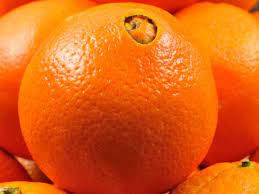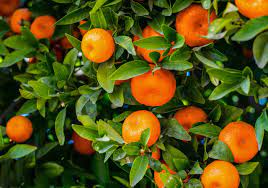Are They Really Different?
Oranges are one of the most popular and widely consumed fruits in the world. But did you know that not all oranges are created equal? Two of the most common varieties are navel oranges and mandarins, and they have some key differences that set them apart. Read on to find out the differences between these two popular fruits.
Appearance
The most obvious difference between navel oranges and mandarins is their appearance. Navel oranges are larger and have a more oval shape. They have a thick, bright orange rind and a small, button-like protrusion at the blossom end, which gives them their name. Mandarins, on the other hand, are smaller and have a flatter shape. They have a thinner, looser rind that is typically a deeper shade of orange.


Taste
Another key difference between these 2 fruits is their taste. Navel oranges are known for their sweet, juicy flavor, which is slightly tangy and acidic. They have a bright, refreshing taste that is perfect for eating fresh or juicing. Mandarins, on the other hand, are sweeter and less acidic. They have a milder, more delicate flavor that is often described as “citrusy” or “tropical.”
Nutrition
Both navel oranges and mandarins are packed with nutrition and are a great source of vitamins and minerals. Navel oranges are particularly high in vitamin C, folate, and potassium. They are also a good source of dietary fiber. Mandarins are also a good source of vitamin C, as well as vitamin A and potassium. They are lower in calories and sugar than navel oranges, which makes them a great snack option for those watching their sugar intake.
Seasonality
One other important difference between these citrus fruits is their seasonality. Navel oranges are typically in season from November through April (more commonly available during the winter months), while mandarins are in season from December through April (more of a springtime fruit).
While both navel oranges and mandarins are delicious and nutritious citrus fruits, they have some key differences that set them apart. Navel oranges are larger, more acidic, and in season during the winter months, while mandarins are smaller, sweeter, and in season during the spring. So the next time you’re at the grocery store, consider trying both varieties and see which one you prefer!